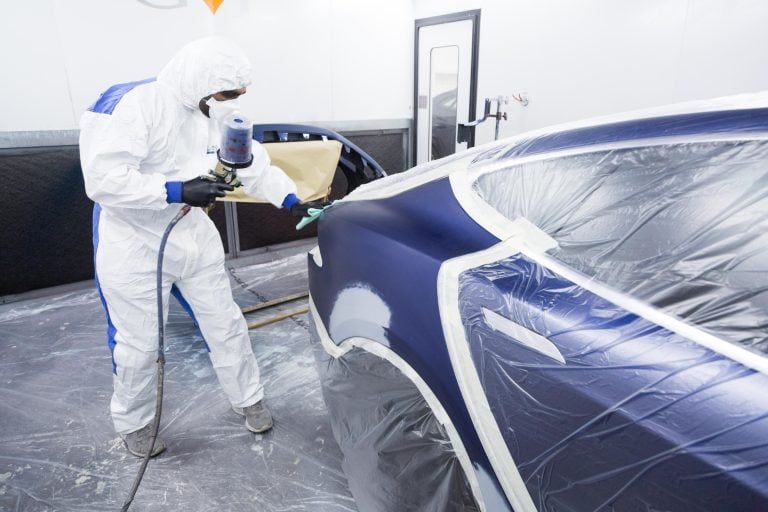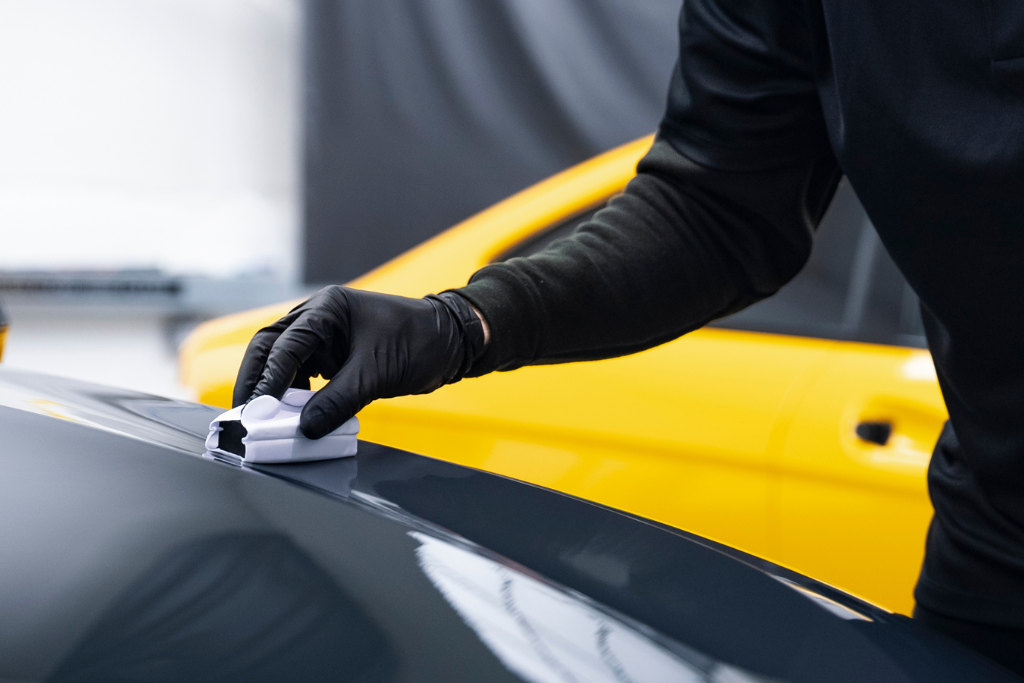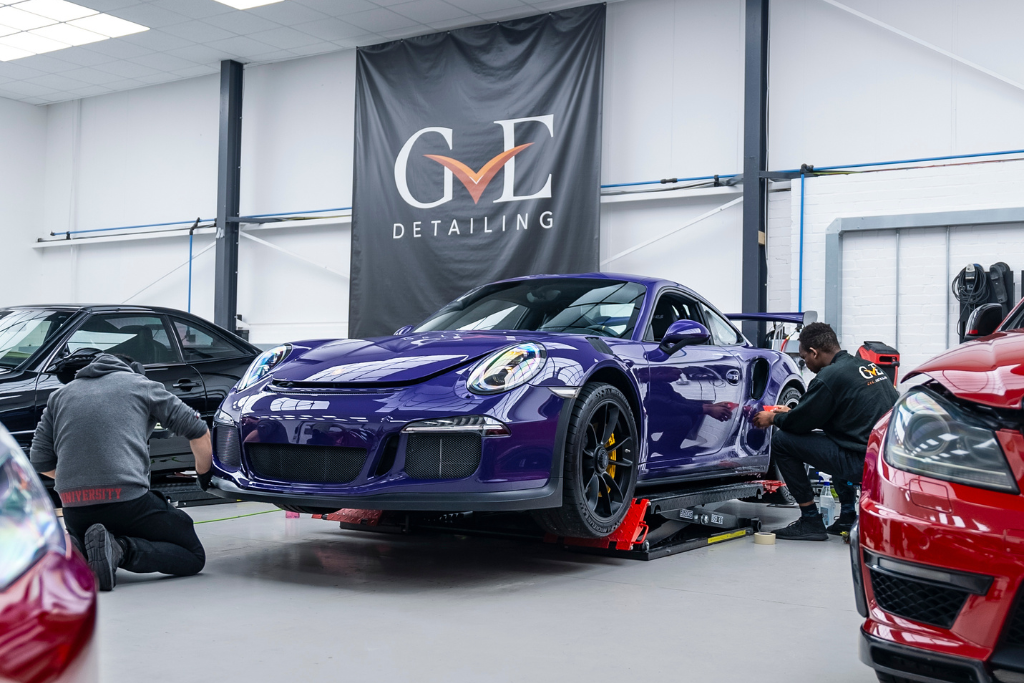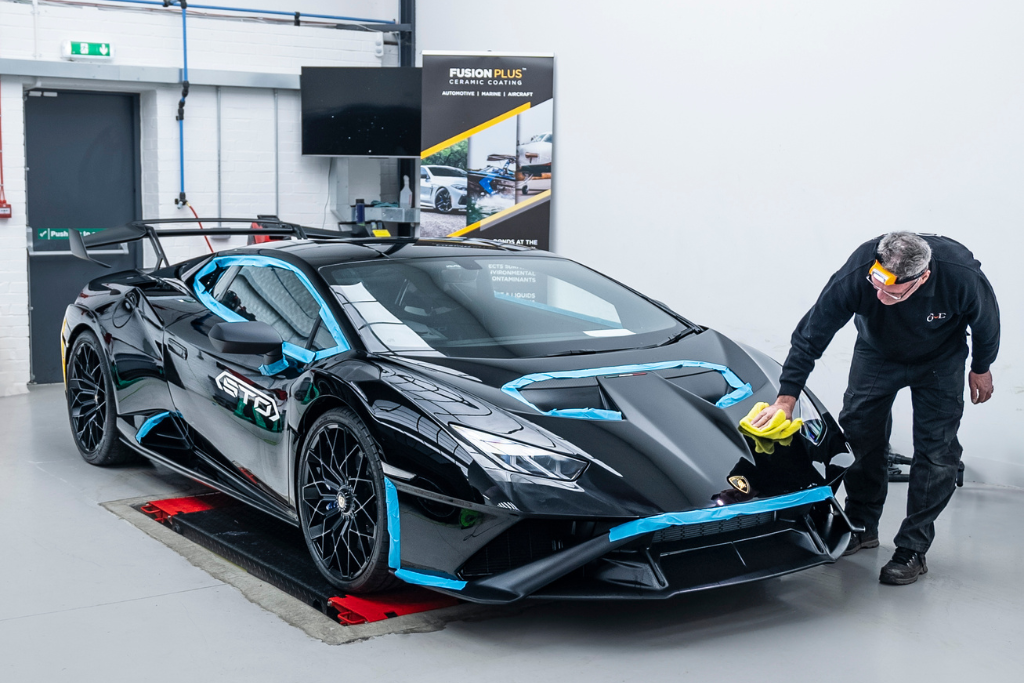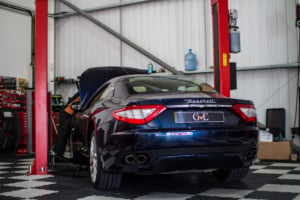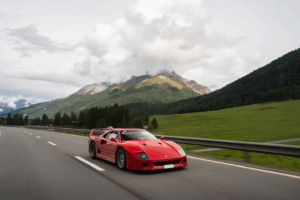- Detailing Case Studies
PPF vs Waxing: Long-term Effects on Your Car’s Paint
Protect your car's paint with insights from GVE London. Compare the long-term effects of Paint Protection Film (PPF) vs. waxing for the best choice for your vehicle.
Your car’s paint job is more than just aesthetics and appearance, it’s a shield against the elements, road debris, and everyday wear and tear. Protecting the paint not only preserves your vehicle’s resale value but also ensures it looks its best for years to come. When it comes to safeguarding your car’s paint, two popular options stand out, paint protection film (PPF) and waxing.
Whether you’re a meticulous supercar enthusiast or a practical driver looking to maintain your vehicle’s appearance, understanding the differences between these two protective measures is crucial for making an informed decision. In the following post, we’ll debate PPF vs Waxing, exploring their respective advantages, drawbacks, and suitability for your car’s needs as well as your personal preferences.
What is Waxing?
Waxing is a traditional method of car detailing, in which a layer of wax is applied on the vehicle’s paint to provide protection and enhance its glow and shine. Traditionally, car waxes were produced from the Carnauba palm trees which had hydrophobic and UV-inhibition properties.
However, many synthetic car waxes are available in the market now. Waxing offers moderate protection against debris, dust, etc. along with a warm, glossy finish to the paint. You have to reapply wax frequently on your car for the best results, as it only lasts for around one month on an average.
What is Paint Protection Film (PPF)?
Paint protection film is a polyurethane-based nylon wrap that is applied on a car’s exterior surface. It’s a durable and transparent film that shields the car’s paint from rock chips, abrasions, scratches, and more.
As compared to waxing, PPF is quite expensive, but it offers better protection for a longer duration of time. Also, PPF has self-healing properties which makes sure that any imperfections or minor scratches disappear over time, and the paint of your car remains shiny and spotless.
PPF vs Waxing – Which is Better for Your Supercar
When we talk about protecting the exterior surface and paint of a car, detailing plays a vital role. Next, we’ll further explore PPF vs Waxing to know which is the better option between the two methods.
Product Life
Product life matters a lot as no one wishes to get car detailing every other week. Some car waxes work for a few months, but on average, waxing is effective only for around one month, after which you have to get it reapplied.
Paint protection film has an edge in this category because it lasts for around 5 to 7 years if cleaned and maintained properly.
Resistance to Chemicals & Damage
Again, PPF is the better option for your car when we talk about resistance towards chemicals and damage.
It protects all types of scratches, abrasions, swirls, etc. from damaging the paint. On the other hand, car waxes don’t do much to resist or reduce damage of this type.
Shine & Gloss
PPF coating for cars offers a completely transparent, cold type of finish to the car’s exterior. Waxing offers a somewhat better finish to the vehicle, as compared to other options. It enhances the paint, offering a deep, glass-like, and shiny finish to the paint.
Difficulty of Application
Car wax is applied on the surface and is left to stiffen up, and then a microfibre towel is used to buff off the wax. It has some room for errors, but is a simple process.
However, PPF is rather difficult to apply, needing a lot of skill. You are recommended to visit a renowned detailing centre like GVE London for the best PPF application and detailing of your supercar.
Cost
Out of the different options available for car detailing, the least expensive one is car waxing. However, you do have to reapply the wax after every month or so which makes up for the low price.
The most expensive option is PPF, but it is worth it because of its high resistance, protection, and long-lasting nature.
Conclusion
Even though both car waxing and paint protection film are feasible options to protect the paint and exterior surface, PPF application for cars is the better option. It costs more, but offers great protection against damage, enhances the shine of your car, and maintains its resale value.
If you want to get PPF applied on your supercar, or if you have any other detailing or customisation in mind, get in touch with GVE London for the best treatment of your car.
Frequently Asked Questions
Realistically, you need to do both waxing and polishing of a car. Waxing takes care of the detailing part offering a shiny, aesthetic look to the paint. Polishing is done after the waxing part so that the paint achieves a glossy finish.
No, rainfall and water do not affect the performance and effectiveness of car waxing as car wax has high hydrophobic properties. When it is raining or when you wash your vehicle, water won’t stick to the wax or spoil its effectiveness.
If you own a supercar, then the best option available to you for detailing is PPF coating. Along with protecting your car’s body from damage and scratches, it also enhances its overall appearance. GVE London is among the best centres for supercar detailing, wrapping, and other customisations for people based in the UK.
Contact Us
"*" indicates required fields
OUR SERVICES

PAINT PROTECTION FILM
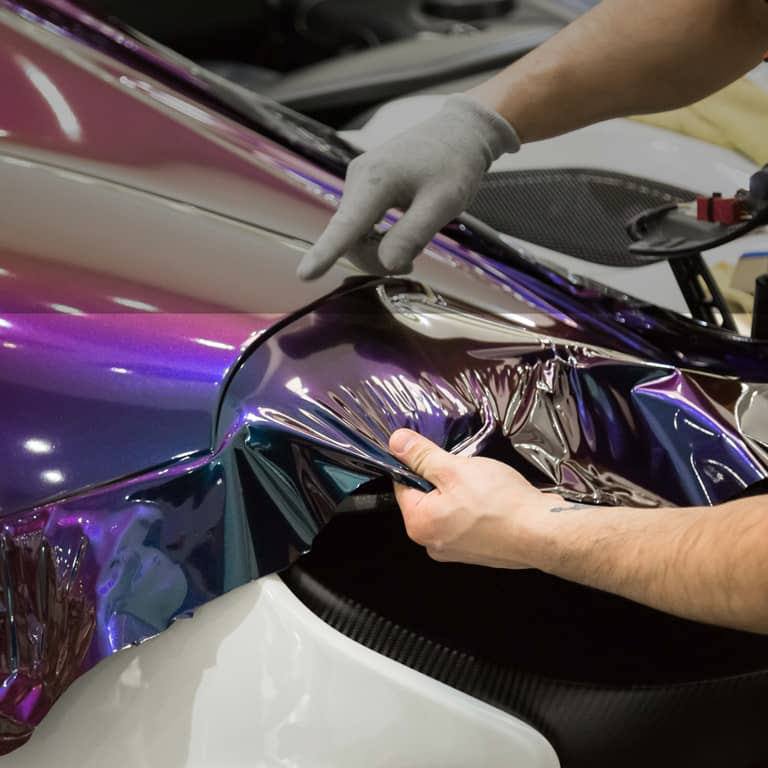
WRAPPING
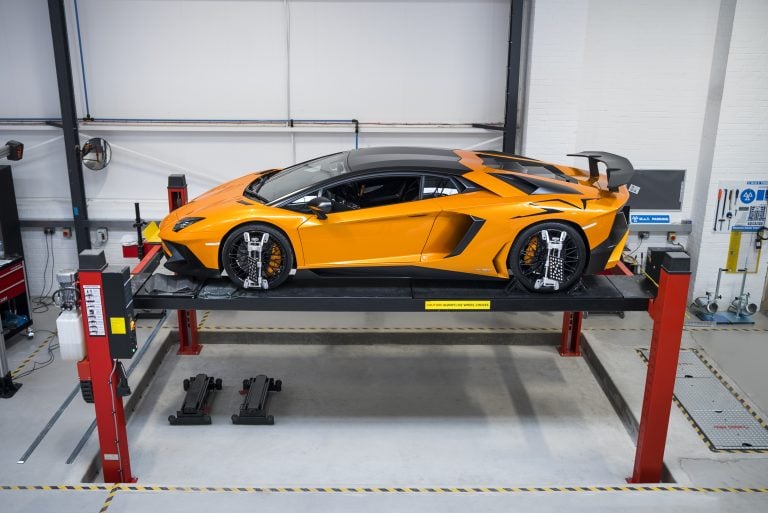
SERVICING
